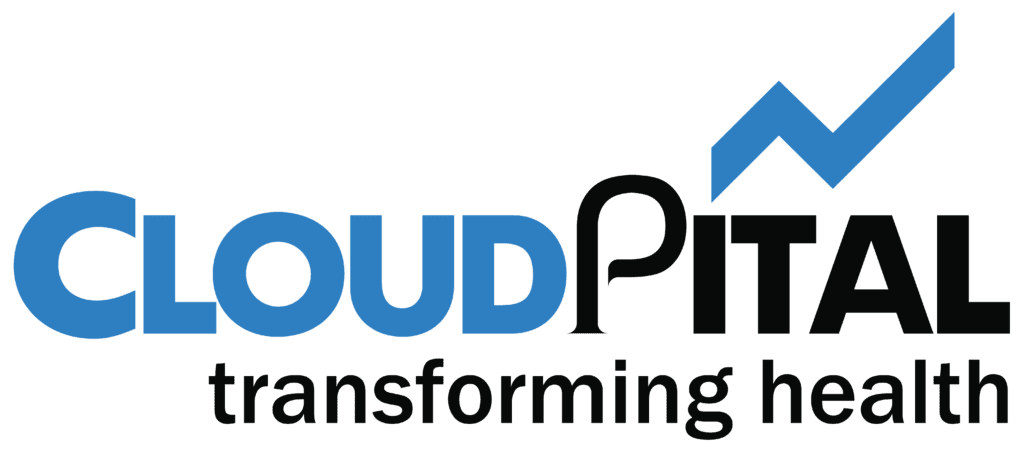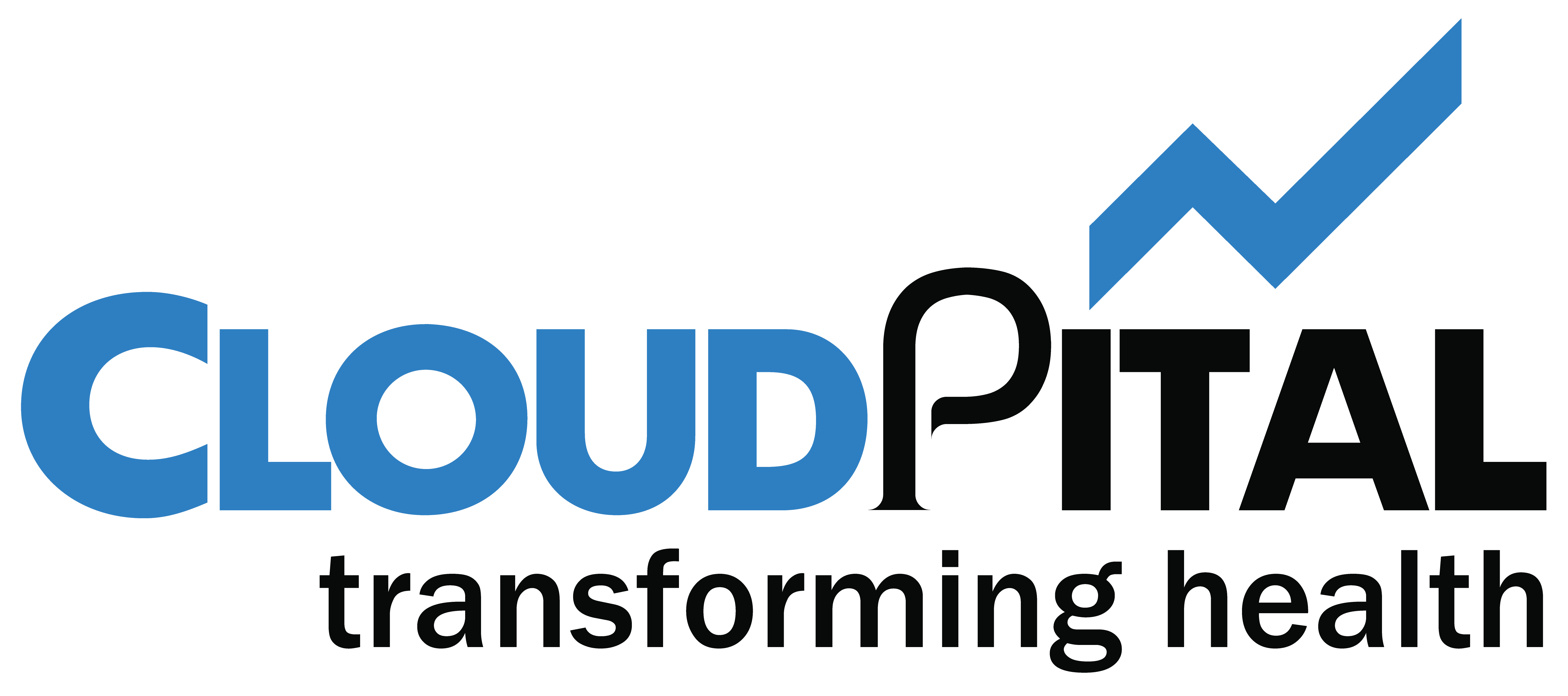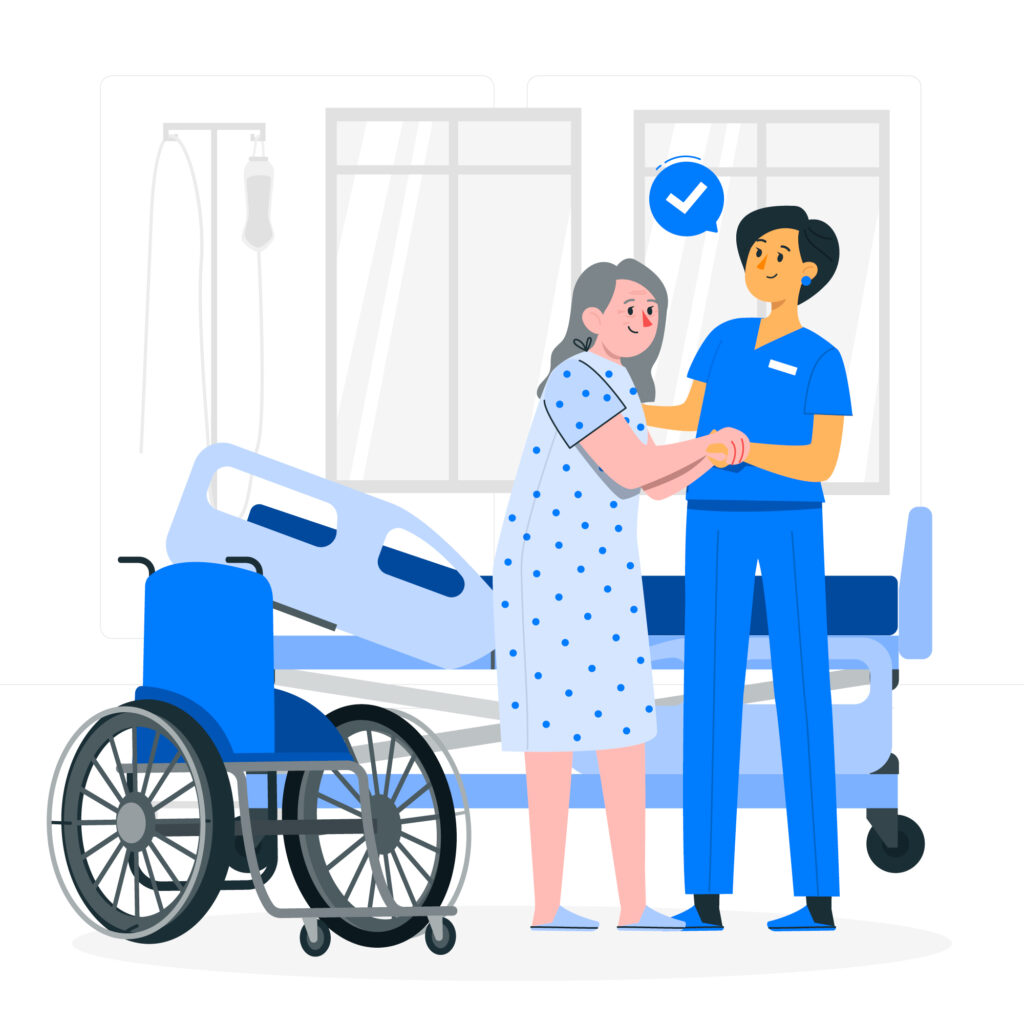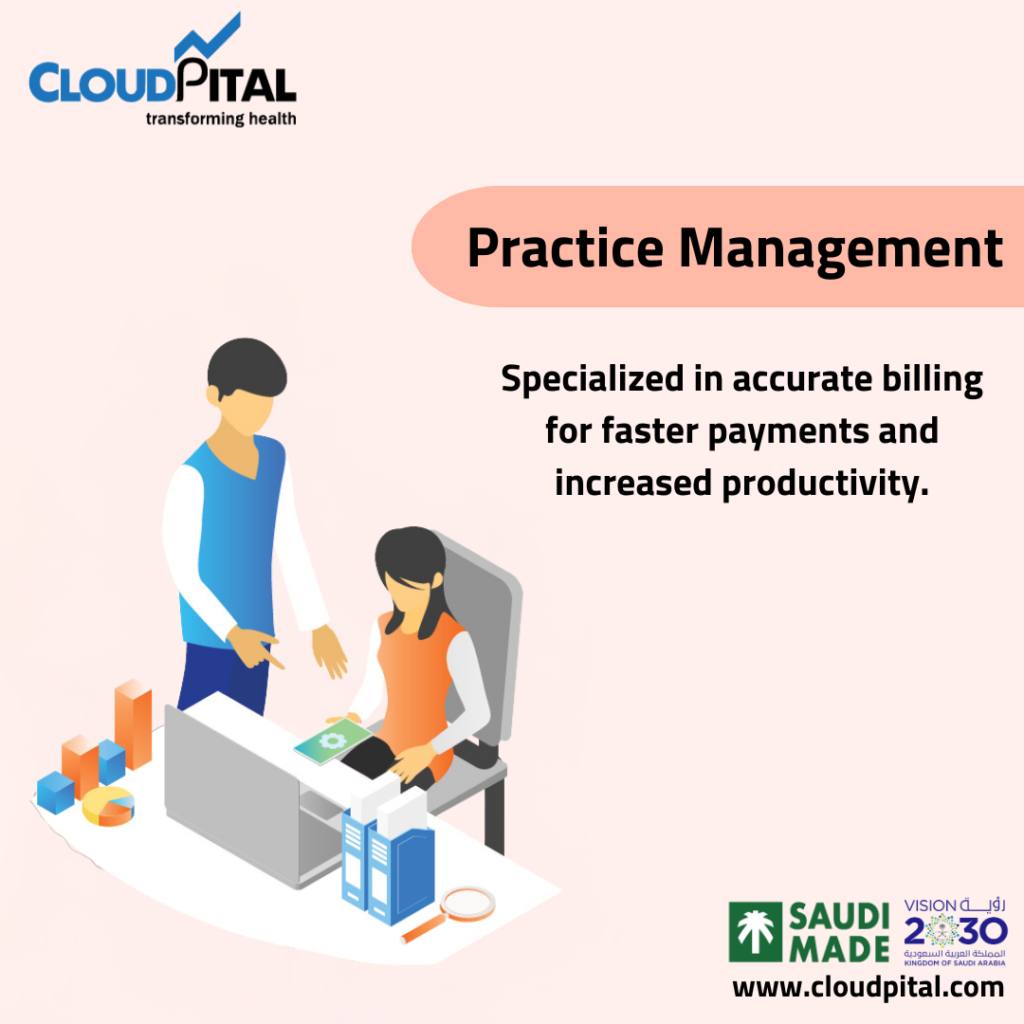Cloudpital # 1 is one of the top HIS transforming the mode of dispensation of patient care by medical experts and conducting facility management, the healthcare sector is rapidly undergoing changes. Most at the helm of this change is the implementations of HIS. Such systems have been paramount in streamlining the efficacy of the given healthcare facilities, improving care for patients, and diminishing operational costs for healthcare facilities.
Cloudpital # 1 HIS

What is a Healthcare Information System (HIS)?
A healthcare information system is, therefore, the entire, integrated information system that allows all the activities at all levels-that is, medical, administrative, financial, and legal-to be managed in a hospital or healthcare facility. This provides easy and secure management of patient data, streamlines workflows, and enhances decision-making processes. The modern HIS is quite often a set of several interconnected modules with their concentration on a special aspect of the health care system. Among these modules can be listed electronic health records modules, laboratory information systems, radiology information systems, pharmacy management systems, and revenue cycle management, etc.
Why Healthcare Facilities Need HIS
HIS is no longer an option but the need for any health care facility that wishes to remain competitive while offering quality service. With the rise in the volumes of patients, healthcare facilities need to work more effectively to meet the complex needs of their patients, and the processes proven to be insufficient in handling the current demands of healthcare delivery. HIS introduces a technological underpinning to support this change of transformation through several distinct advantages.
Data centralization and access: HIS will make it possible to store data coming from the patients in a centralized location, so it is possible to access this in various departments and by different providers. There will be no paper records to be kept because errors will be minimized, and entry for clinicians will be easily done, with real-time sharing of information. A doctor reviewing patient history, a nurse updating treatment plans, or a lab technician recording test results-all will have constant availability of data as needed.
Streamlined Workflows: HIS implementation is primarily aimed at streamlining workflows in healthcare facilities. From appointment scheduling and check-in of patients to billing and reporting, this system automatically covers several processes. Therefore, it is more likely for efficient use of resources, quick response, and reduction of administrative burden from healthcare providers to spend more time interacting with patients.
Less expensive: HIS implementations greatly help in reducing operational costs. The elimination of paperwork saves on material costs, and automating all these repetitive tasks saved them from labor costs. More efficient resource management in terms of scheduling appointments, bed management, and inventory management leads to less wastage and higher facility utilization.
Compliances and Reporting: There are many compliances which involve health care facilities, such as data protection, for example HIPAA in the United States and GDPR in Europe. HIS helps the health care provider to be compliant to avoid any kind of breach in data storage pertaining to the patient record and all the activities done within the system. HIS also makes the process of reporting easier, hence these healthcare facilities have a smooth time preparing accurate reports that would be needed for performance review and audits to meet the regulatory requirements.
Key elements of HIS
The strength of HIS is usually found in a module that has several modules carrying out different functions leading to the effective performance of the health care facility. Below are some of the key elements
Electronic Health Record (EHR): The EHR module is the most essential component of any HIS. An EHR will contain comprehensive information regarding the patient, including demographics, medical history, treatment plans, allergies, medications, and lab results. This makes it quite essential for efficient and easy communication between providers in the delivery of care, across various services.
Laboratory Information System: The LIS module is specifically aimed at management of laboratory workflow, test ordering, specimen tracking, result reporting, and billing. Therefore, the system eliminates manual errors, and results are provided soon, which thus adds value to the overall productivity done in a lab.
Radiology Information System: This module controls the workflow of diagnostic imaging services such as X-rays, MRIs, and CT scans. It supports scheduling of images, storage, and reports of radiology findings. Digital integration with Picture Archiving and Communication Systems (PACS) enables healthcare providers to store and retrieve medical images in digital formats.
Pharmacy Management System: This module automates prescription and medication management in the healthcare facilities. Pharmacy management helps in tracking inventory, managing prescriptions, and providing medicines in the right quantities at the right time for the patient with proper pharmacists’ inspection. Integration with Electronic Health Record Pharmacists can check information about a patient to avoid medication errors due to proper integration with EHR.
Revenue Cycle Management (RCM): The RCM module manages healthcare facility financial functions from patient registration and billing to claims management. HIS may drastically reduce the time and possible errors made in manual billing while ensuring faster payments and improvements in cash flow for the healthcare organization.
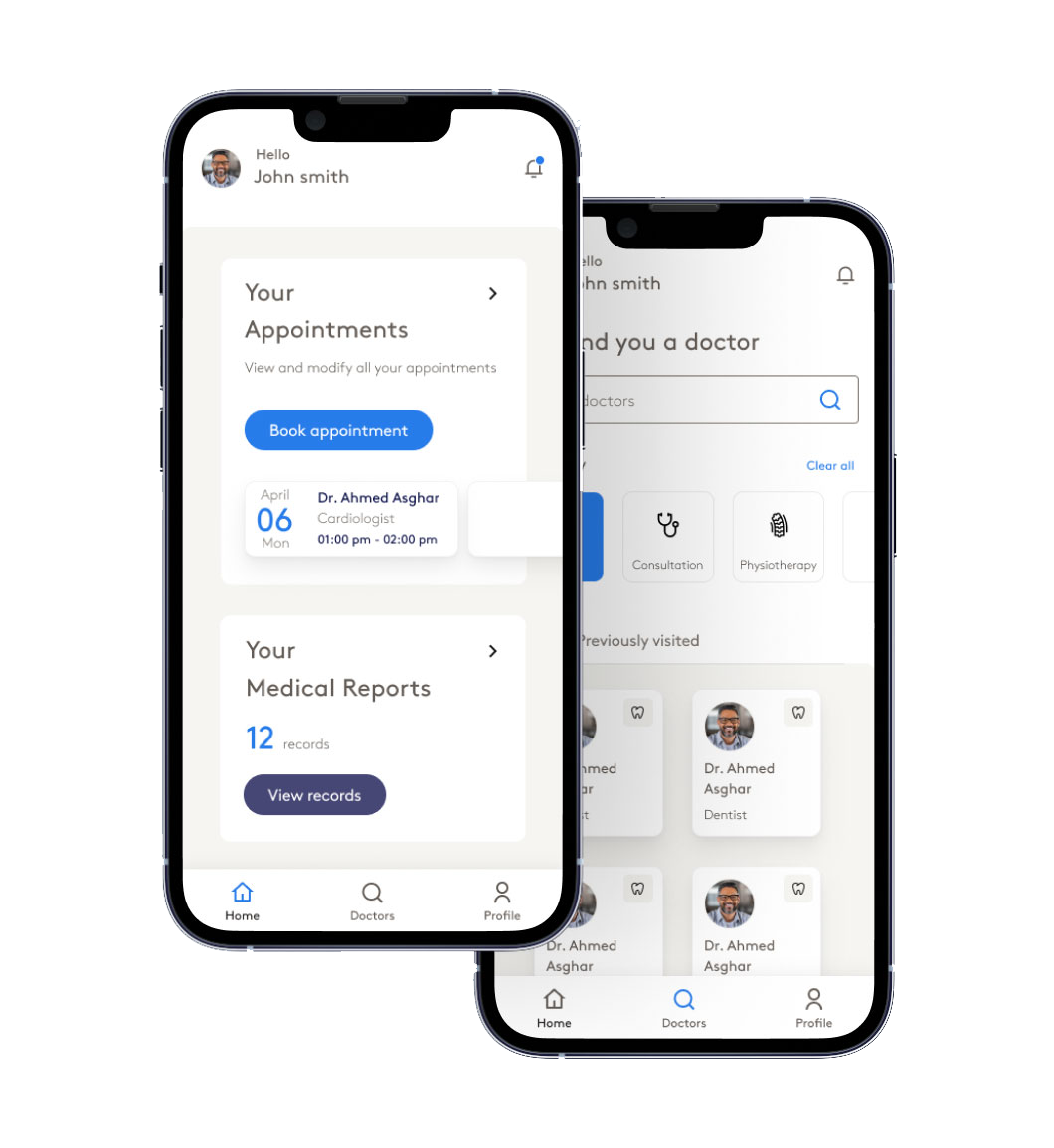
Benefits HIS Implementation
HIS has various benefits that save healthcare facilities on operational efficiency and also the care provided to patients. Some of the main ones are as follows:
Better Decisions : Remote Patient Monitoring provides health care professionals with the data and tools to take informed decisions. Doctors can diagnose properly and formulate even better treatment plans since they will be accessing complete patient histories, historical data, and analytical tools.
Higher Productivity: Rotenberg says, “Increased productivity usually results because routine tasks such as appointment scheduling, update of patient records, and billing have been automated so that healthcare professionals can be deployed to more vital areas of patient care.” Characterized by a higher productivity, this enables better use of time and resources so that the performance of a health care facility as a whole can be improved.
Improved Patient Satisfaction: HIS streamlines processes and enhances communication, thereby cutting waiting times for patients, minimizing administrative burdens for patients, and improving the general experience for patients. Patients are bound to benefit from quicker diagnosis, timely treatments, and reduced possibilities of errors through faster medical diagnosis.
Better Resource Management: HIS enables healthcare facilities to manage resources like staff, equipment, and medical supplies better. Improved resource utilization would lead to better utilization of hospital beds, optimized staff schedules, and lessened waste in the use of medical supplies, all these translate into cost savings, with improved operational efficiency.
Seamless interoperability: An accurately implemented HIS enables the seamless sharing of patient data from one department to another, from one facility to another, and even with outpatient providers. In the contemporary health environment where patients have to see multiple providers, interoperability is a golden opportunity for successful and effective care. HIS fosters more concerted caregivers because all relevant information is available for proper care and treatment of the patient.
Challenges and Considerations in HIS Implementation
Though the benefits to the healthcare facility are massive, its implementation is very complex. Indeed, this requires careful planning before its actual implementation. Its challenges are as follows:
Cost of Implementation: HIS could bring about savings in the long run, but its startup cost on hardware, software, and training will be immense. Careful budgeting for the implementation process is necessary on short-term and long-term costs at the healthcare facility end.
Training and Induction: Healthcare professionals would have to be adequately trained so that they can implement HIS effectively. The change-resistance and unfamiliarity with any technology are the aspects to which proper training programs and further support in this regard would have to be overcome.
Data Security: The growing digitalization of patient data calls for such healthcare facilities to ensure that the HIS is cyber-friend for cyber threats. So the most crucial safety measurements and regulations about data protection are necessary components in the usage of a successful Mobile EHR.
Conclusion
Healthcare Information Systems are no longer simply a technological update but strategic steps that may significantly enhance the efficiency, quality of care, and financial sustainability of healthcare facilities. HIS empowers healthcare providers to improve resource optimization while improving processes, data accessibility, and decision-making to deliver better patient outcomes. The primary recommendation in this regards would be that healthcare facilities should adopt HIS urgently to remain competitive in an ever-changing healthcare environment and answer to the increasing pressures from regulating bodies and patient demands.
Embracing HIS is one step toward the efficient, patient-centric, and data-driven health care future that would eventually save efficiency when it comes to the kinds of mundane details in healthcare, and would be more effective even in small clinics or large hospitals.
Click to Start Whatsapp Chatbot with Sales
Mobile: +966502737333
Email: sales@cloudpital.com
You can explore our other blogs
Implementing HIS for Improved Efficiency in Healthcare Facilities similar software solutions prices were updated on 2025-07-18T22:53:39+00:00 in Saudi Arabia in Mecca, Medina, Riyadh, Khamis Mushait, Yanbu, Jeddah, Dammam, Unaizah, Uqair, Ha’il, Ta if, Al Bahah, Dhahran, King Abdullah Economic City, Najran, Diriyah, Qatif, Khafji, Jubail, Abqaiq, List of Cities and Towns in Saudi Arabia, Ras Tanura, Turubah, Jazan Economic City, Knowledge Economic City, Medina, Khobar, Abha, Tabuk, Saudi Arabia, similar software solutions prices were updated on 2025-07-18T22:53:39+00:00 We also provide in Saudi Arabia services solutions company in Hafar Al-Batin, Udhailiyah, Al-Awamiyah, Hofuf, Hautat Sudair, Buraidah, Tayma, Duba, ‘uyayna, Saihat, Al-Kharj, Al-ula, Jizan, Rumailah, Ar Rass, Arar, Shaybah, Al Majma’ah, Rabigh, Dhurma, Haradh, List of Saudi Cities by Gdp Per Capita, Badr, Sudair Industrial City, Baljurashi, Shaqraa, Al-Khutt, Habala, Ad Dawadimi, Dawadmi, Layla, similar software solutions prices were updated on 2025-07-18T22:53:39+00:00 Price is SAR 100 and this was updated on updated on 2025-07-18T22:53:39+00:00 similar Implementing HIS for Improved Efficiency in Healthcare Facilities software solutions prices were updated on 2025-07-18T22:53:39+00:00 in Saudi Arabia in Haql, Afif, Al-Abwa, Farasan, Al-Jaroudiya, Thadig, Al-Thuqbah, Al Wajh, Almardmah, Al-Zilfi, Muzahmiyya, Prince Abdul Aziz Bin Mousaed Economic City, Tharmada’a, Skaka, Um Al-Sahek, Sharurah, Tanomah, Bisha, Dahaban, Al Qunfudhah, Qurayyat, Saudi Arabia, Ha’ir, as Sulayyil, Al Lith, Turaif, Al-Gway’iyyah, Samtah, Wadi Ad-Dawasir, Az Zaimah, Safwa City, Jalajil, Harmah, Mastoorah, Hotat Bani Tamim, Jabal Umm Al Ru’us, Rafha, Qaisumah, Al-Ghat, Hajrah, Al-Hareeq. Excerpt: Jeddah (also spelled Jiddah, Jidda, or Jedda; Arabic: Jidda) is a Saudi Arabian city located on the coast of the Red Sea and is the major urban center of western Saudi Arabia similar software solutions prices were updated on 2025-07-18T22:53:39+00:00 Price is SAR 100 and this was updated on updated on 2025-07-18T22:53:39+00:00
10-24-2024
